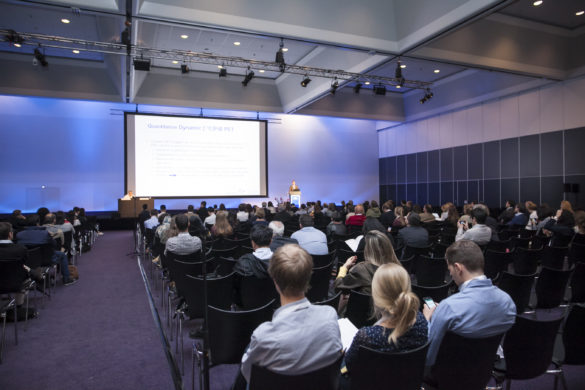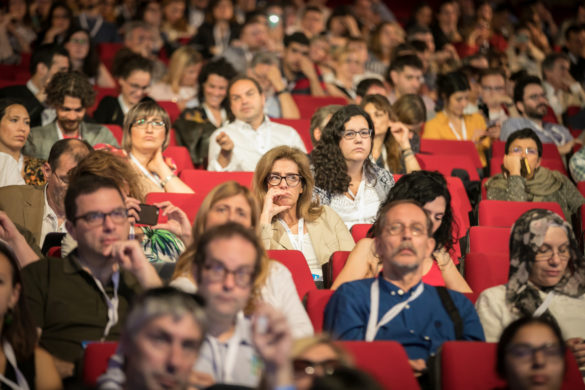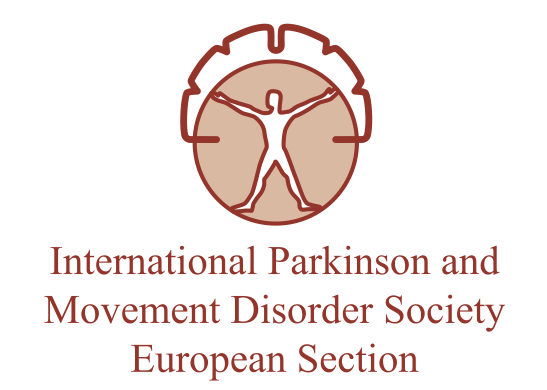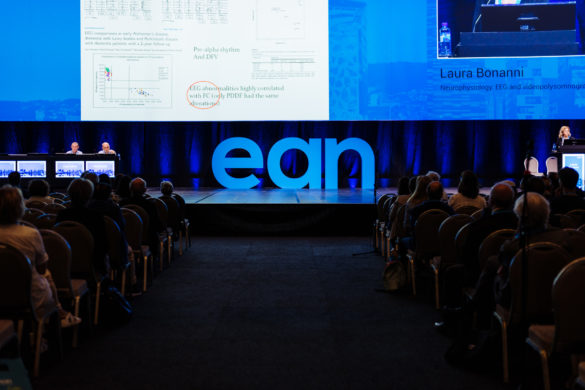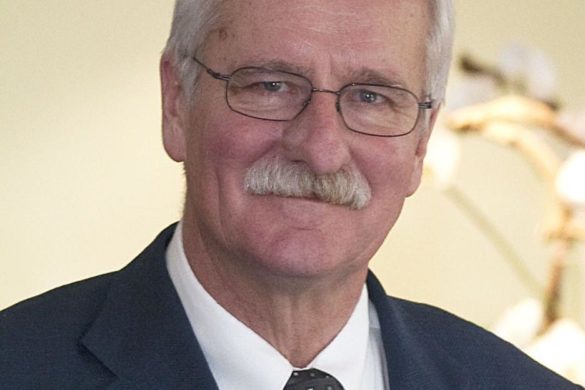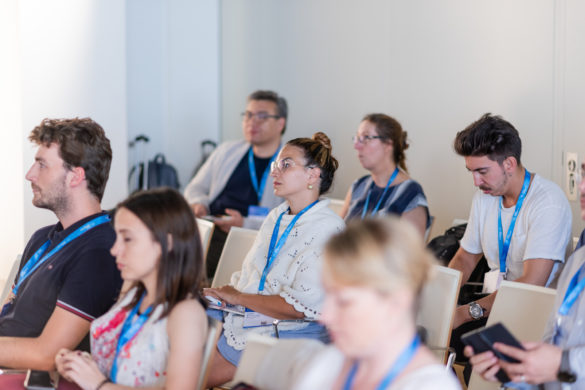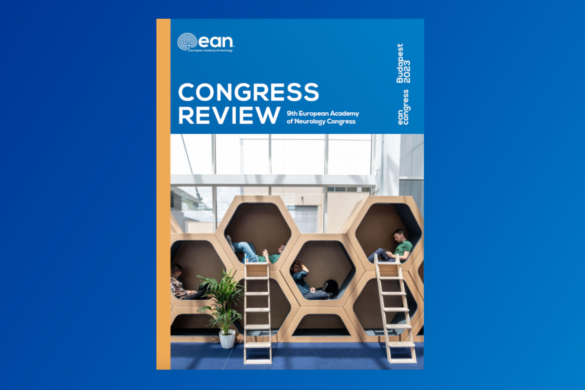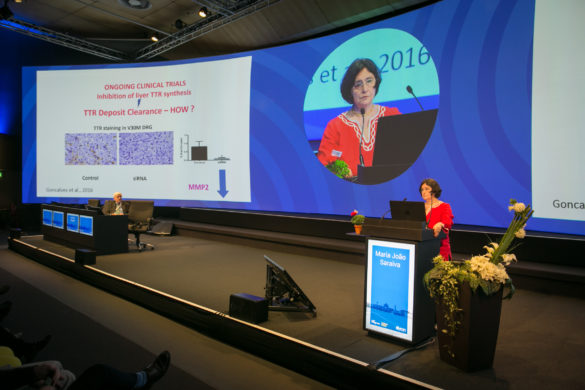Symposium 3
The changing landscape of coma treatment
Hall C, Sat, 2016-05-28 10.30-12.30
Chairpersons
Steven Laureys, Liège, BELGIUM
Daniel Kondziella, Copenhagen, DENMARK
- Amantadine, benefit-risk balance in severe brain injury
Joseph T. Giacino, Charlestown, UNITED STATES - Deep brain stimulation in the minimally conscious state: which targets?
Jean-Jacques Lemaire, Clermont-Ferrand, FRANCE - Modulating the anterior forebrain mesocircuit in disorders of consciousness
Nicholas D. Schiff, New York, UNITED STATES - Transcranial direct current stimulation: a promising new avenue
Steven Laureys, Liège, BELGIUM
This symposium highlighted the new discoveries in understanding the recovery of consciousness after severe brain injury, and the potential invasive and non-invasive therapeutic options.
Prof. Giacino presented the results of the randomised, double-blinded, placebo-controlled trial of amantadine hydrochloride in patients with post-traumatic disorders. It was the first trial showing a positive effect on the pace of recovery and outcomes in this patient group.
Prof. Lemaire talked about the current scientific knowledge concerning the modulation of consciousness by deep brain stimulation. The potential benefits and downsides included provoking overt conscious behaviors.
Prof. Schiff focused on the modulation of the anterior forebrain mesocircuit in order to recover from severe, multifocal brain injuries through human and animal models. The utilisation of EEG and neuroimages in testing model prediction was discussed.
Prof. Laureys discussed about transcranial direct current stimulation, which can be beneficial in patients with minimally conscious state. He also gave an overview on the role of FDG-PET, FMRI and EEG in the diagnostic process.
Viktoria Papp, MD, Denmark, RRFS




